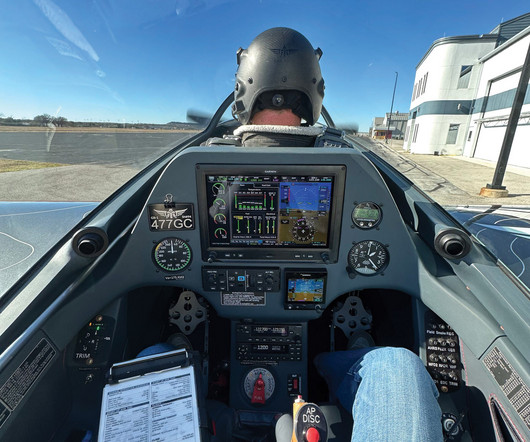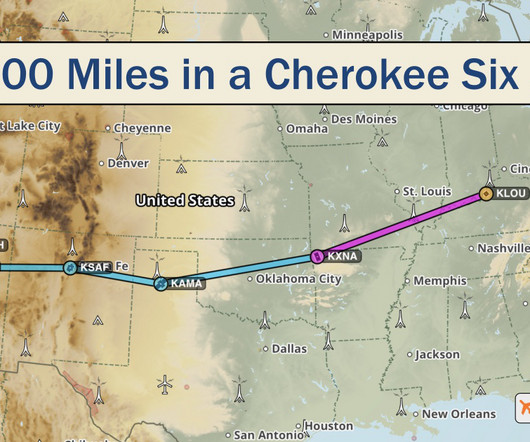Flying a Plane for the First Time: A Beginner’s Guide
Pilot's Life Blog
JANUARY 12, 2025
Understanding the Basics of Flight Principles of Flight: Lift, Weight, Thrust, and Drag Flying a plane for the first time requires a basic understanding of the forces that make flight possible. Lift is generated by the wings, counteracting the force of weight, which pulls the plane down. Ready to experience the skies with us?













Let's personalize your content